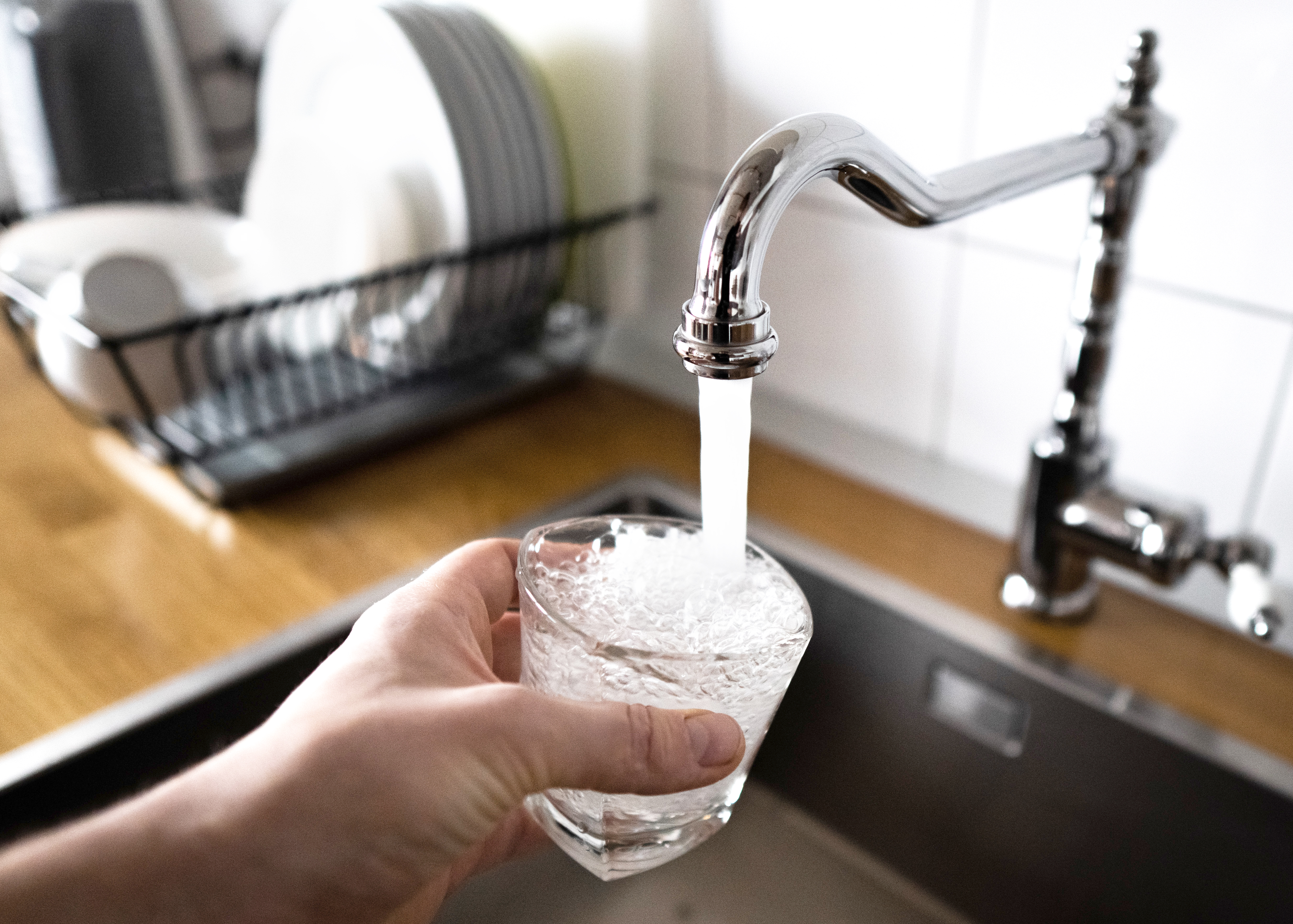
Learn about main water line repair costs in Columbus and what affects pricing to be prepared before you start getting estimates.
Let your water go with the flow with a manifold plumbing system


A plumbing manifold is like a breaker box for your home’s water supply.
Manifolds house hot and cold water valves for each of your home’s water fixtures.
Most manifold systems work with PEX pipes.
While expensive up front, manifolds can save money in repairs and water use.
Your home’s plumbing system is probably more complex and splashy than you think. Manifolds are a relatively new invention that helps simplify that process by giving you more control over your water flow. If you’re building a new construction home or replacing your entire plumbing system, plumbing manifolds are definitely worth considering. Keep reading to learn more.
Traditionally, homes used one extensive plumbing line that branched off toward each fixture, creating a confusing mix of twists and turns. A plumbing manifold simplifies that by establishing one main control area.
A manifold is essentially a breaker box for your home’s water supply, allowing you to control each fixture from one central location. Every fixture is connected to the manifold hub (typically installed in the basement or garage), each with its own plumbing line and shut-off valve. This gives you greater control of your water delivery, lowers the chance of leaks, and makes it easier to increase efficiency.
If you’ve ever replaced a leaky faucet, you likely had to turn off all the water in your home before starting the job. That’s because, while traditional branch-and-tee systems do run lines to each fixture, they’re all connected to one singular valve.
A plumbing manifold is a mechanism that houses a specific hot and cold water valve for each fixture. During the repair, you can simply turn off the water to the faucet without having to shut off the whole home.
Manifolds work in tandem with PEX (cross-linked polyethylene) plumbing, a relatively new material. Homes built before the ‘90s likely have galvanized steel, copper, or CPVC (plastic) plumbing materials with traditional branch-and-tee systems.
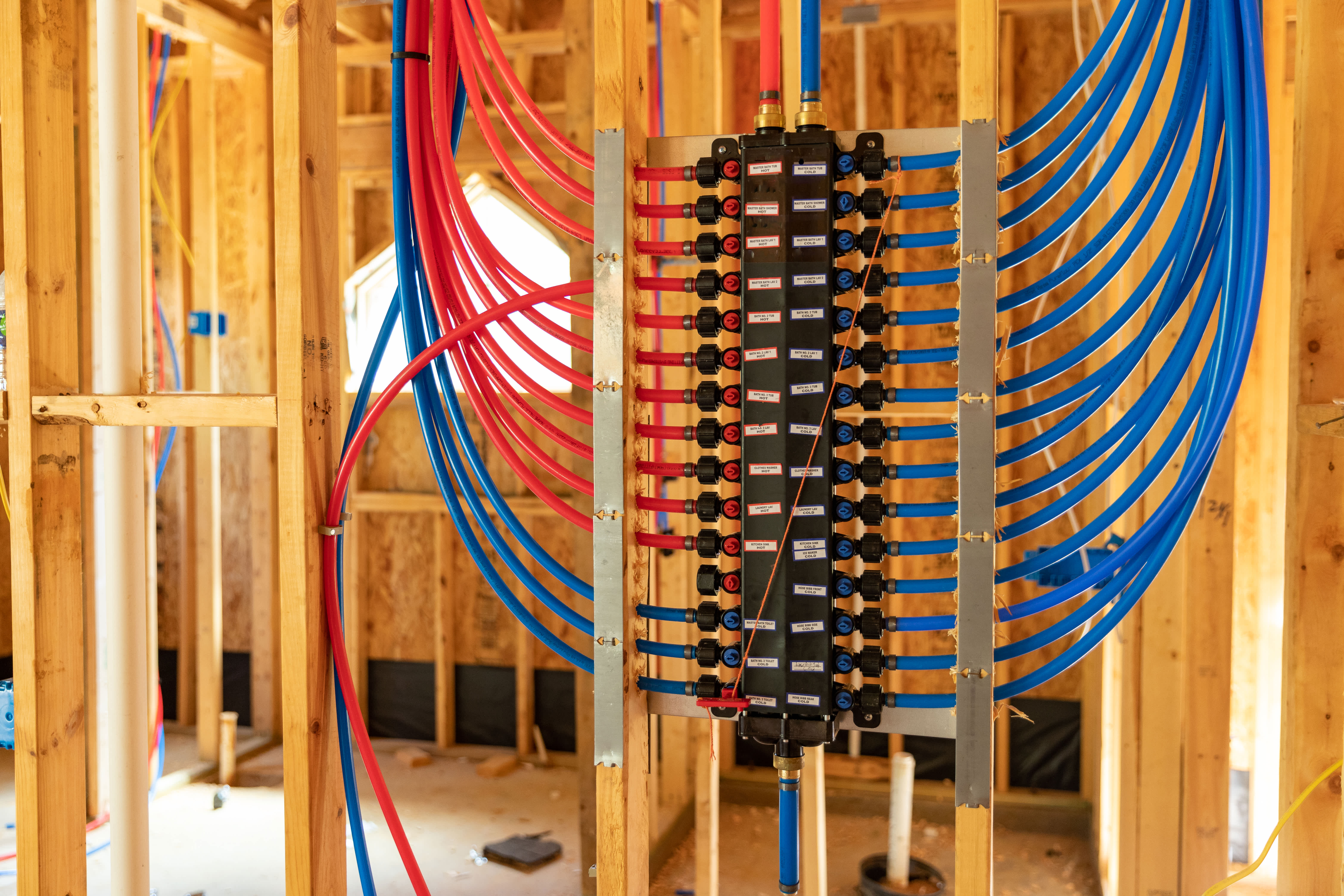
PEX pipe is a flexible plastic tubing that won’t crack when freezing or thawing, and helps soften the sounds of running water. It’s a top choice for plumbers and DIYers because it’s affordable, easy to work with, and comes in a wide variety of colors and PEX pipe sizes.
But, despite the many benefits of PEX, there are a few reasons why someone may choose copper vs. PEX pipes, like if you live in a harsh climate or if you’re worried about plastic or other chemicals in your water. While there isn’t a ton of research out yet about PEX and its impact on water, most experts suggest running copper lines for drinking water until they can confirm whether PEX is safe for drinking water.
A plumbing manifold is definitely worth considering if you’re building a new home or installing a completely new plumbing system. But if you’re simply making some small repairs, the cost probably won’t outweigh the benefits. If you are unsure, consider reaching out to a local plumber.
More consistent hot water: Each water line then gets its own hot and cold line, ensuring consistent water pressure and faster heating.
Decreased likelihood of leaks: Each branch of a branch-and-tee system is at risk of a leak. Manifolds significantly reduce the number of connections, meaning less risk of leaks.
Simplifies repairs drastically: If you have a larger home (and even if you don’t), manifolds make it easier to conduct a plumbing inspection and repair any issues without disrupting your overall water supply.
More expensive up front: You’ll pay more for a PEX manifold system during installation, but the benefits will likely outweigh that in the long run.
Probably not needed for small homes: If you have a smaller home, you probably won’t see the same ROI on a manifold system.
Needs a dedicated space: The manifold itself is quite large, especially in larger homes, so be prepared to dedicate an area in your home to house it.
From average costs to expert advice, get all the answers you need to get your job done.

Learn about main water line repair costs in Columbus and what affects pricing to be prepared before you start getting estimates.
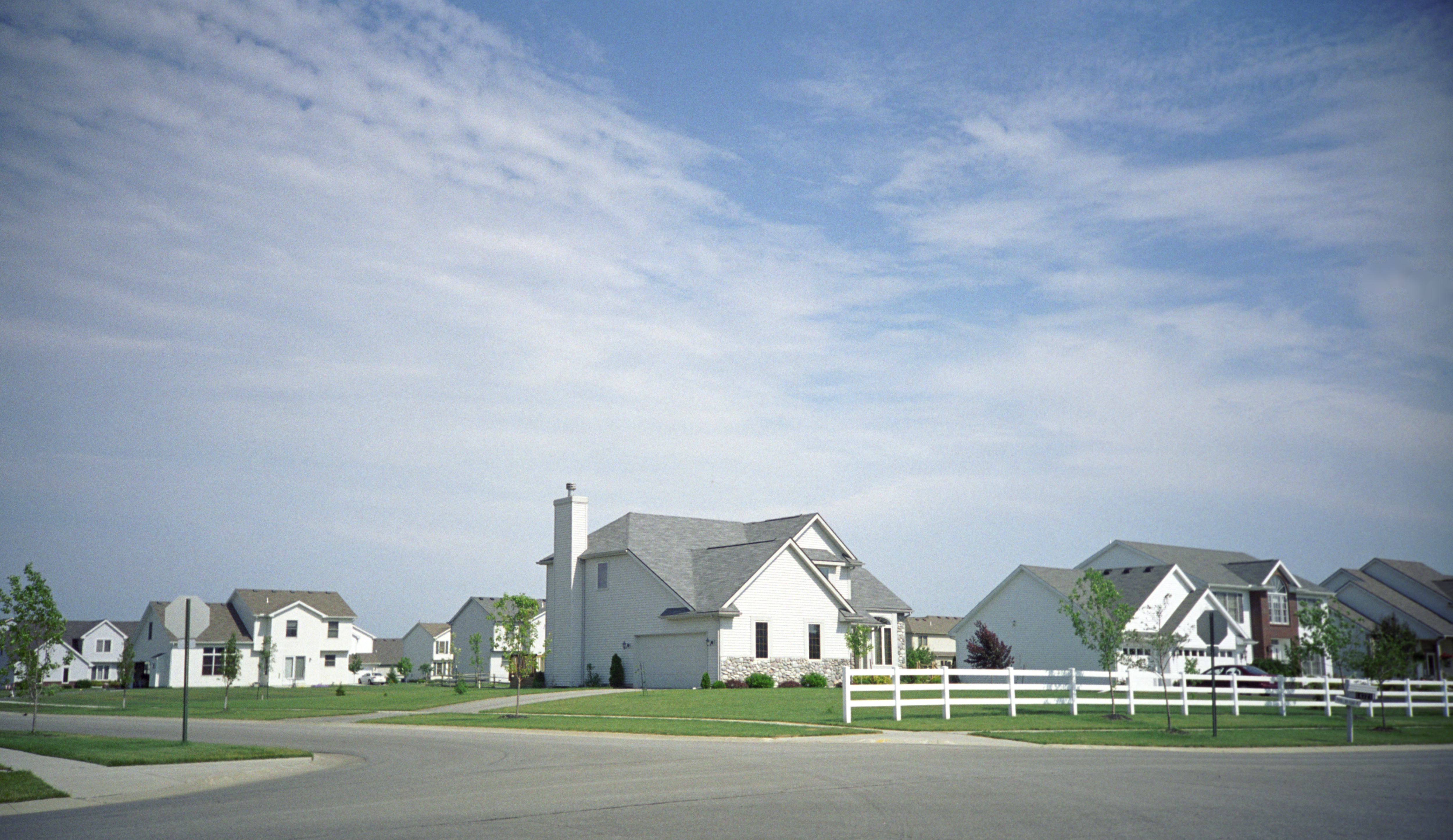
Discover the leading factors affecting your main water line replacement cost in Columbus, including length, material selection, and installation details.

Learn how much plumbers cost in Columbus, Ohio. Discover pricing for faucet repairs, pipe work, and emergency services, plus how you can save money.

Wall-hung toilets offer a modern style and are easy to clean, but they’re also expensive and difficult to repair. Let’s examine the pros and cons of wall-hung toilets.
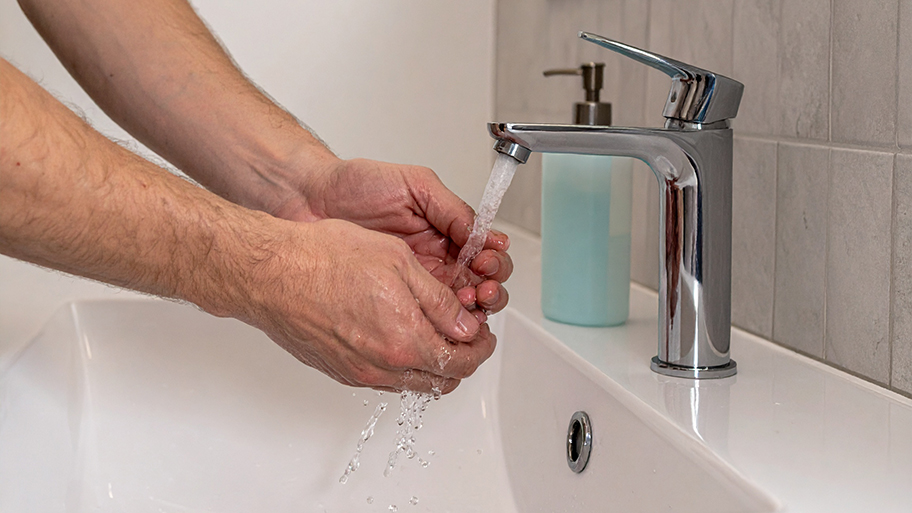
Replacing or upgrading plumbing in your home? Make sure you know how to measure pipe size accurately to avoid buying the wrong materials.
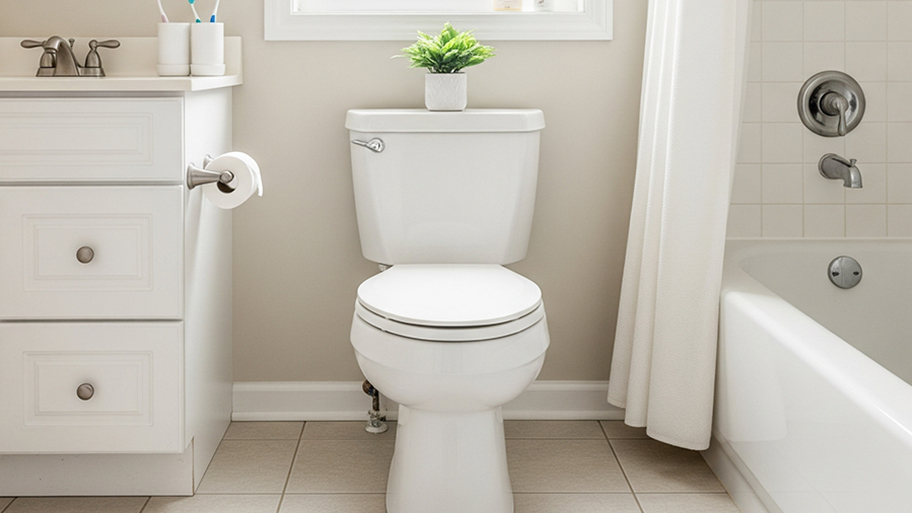
Most toilets use a 3-inch drainpipe, but certain toilets may deviate from the norm. This guide will help you understand toilet drainpipe sizes to avoid clogs.